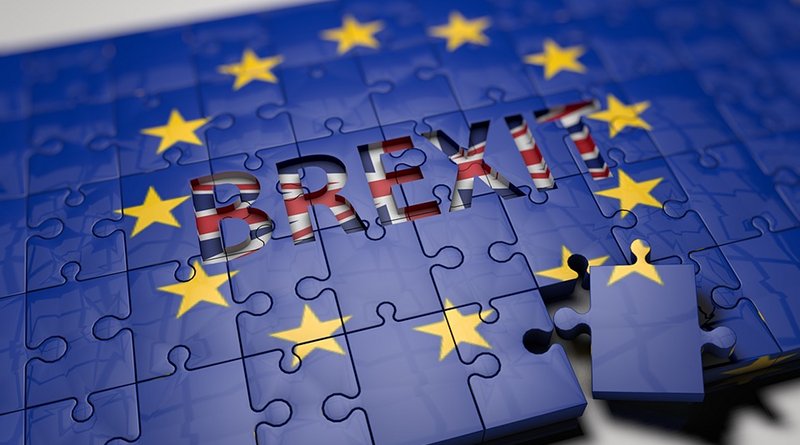Beyond The Belligerence, A Brexit Deal Is Closer Than It Looks
By EurActiv
By Benjamin Fox
(EurActiv) — Belligerence is in the air. Talks on future EU-UK relations will kick off next Monday (2 March) with the two sides looking as far apart as ever. There is scope for the gap to be bridged though.
After finalising their respective mandates in Brussels and London this week, both the EU’s Michel Barnier and Michael Gove took an uncompromising approach.
The UK says it won’t promise to align with future EU Single Market laws, that a deal on fisheries must be separate from a free trade deal and that European Court of Justice rulings cannot have any jurisdiction in the UK – all red lines for the EU.
A ‘no deal’ scenario is, again, looking likely. Sterling has this week dropped back to the level it was before Johnson’s December election victory, following the publication of the negotiating mandates.
But beyond the rhetoric the pathway to a deal should not be as difficult as it looks. The UK says that precedents exist in the EU’s trade deals with Canada, South Korea and Japan, and the now abandoned talks on the Trade in Services Agreement (TISA).
A ‘partnership of equals’ is how one UK official described the desired outcome. The UK adds that the EU should not make demands of them that it has not made of other third countries.
“The EU has not made these requests of other countries – this is something unique to the UK, and there’s an argument to be made that this isn’t fair,” Sam Lowe, trade expert at the Centre for European Reform think-tank, told EURACTIV.
When it comes to the so-called ‘level playing field’ – guarantees that the UK will continue to abide by EU regulations on the Single Market – UK ministers and officials insist that while they want to have the opportunity to diverge in the future they have no plans to dilute any existing protections, or turn the UK into Singapore on the Thames.
“What we are talking about is being able to diverge in the future,” says another UK official.
In any case, re-writing legislation takes time. Even if the UK actively sought to deviate from EU rules it could not be done quickly.
Ralf Peters, the author of ‘Brexit beyond tariffs’, published this week by UNCTAD points to the committee structure in CETA, which allows EU and Canadian officials to discuss new regulations and mutual recognition, as a potential model.
“I would expect the UK to keep most EU standards,” he added.
Peters adds that it would make sense for the EU and UK negotiators to identify the most economically important sectors to agree on mutual recognition, such as machinery and medical and pharmaceutical products.
For example, when it comes to agriculture regulation and the food and drink sector, there are, on average, around 20 regulations per product.
The biggest hurdle remains timing. By marking June as the moment when the UK could walk away if it believes that there is not enough movement. Before that deadline was set, trade experts had hinted that autumn was the earliest that a free trade pact could be ready to be signed off.
It remains hard to see how the FTA and the package of international agreements covering aviation, energy and climate change, mobility and social security, nuclear co-operation, law enforcement and judicial co-operation can all be agreed and ratified before the end of 2020.
For the moment, both sides say that they can and should be delivered. “Each of these is a two-way street,” said a UK official.
Brexit is, and remains, primarily a political process, with economics a distant second. “There’s been a significant shift by the government and we know that this brings frictions. Our choice is sovereignty over frictionless,” said one UK official.
The threat to walk away is no longer an obvious bluff. With an 80 seat majority in parliament, Boris Johnson has what Theresa May lacked – the votes to be able to walk away and trade on WTO terms.
“The EU is still the larger party. What has changed is the UK government’s ability to deliver on what has been agreed which was one of the problems before (during the May government),” Sam Lowe added.
But while the rhetoric may be more belligerent than ever, the differences between the EU and UK teams on substance are not as unbridgeable as it might appear.

